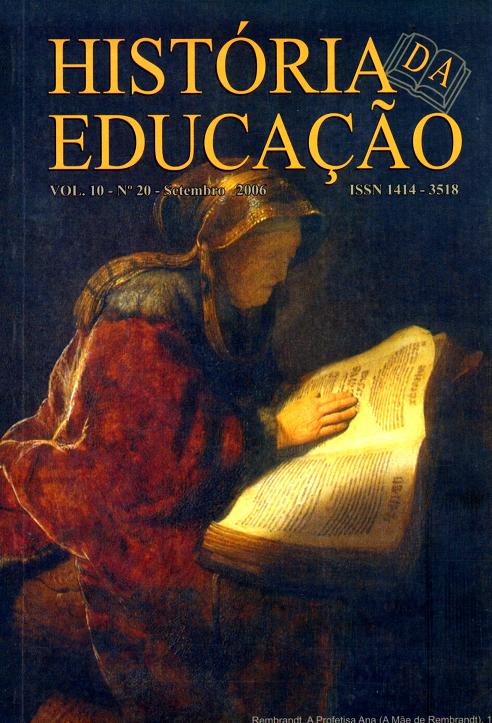A emergência das instituições de educação infantil
Abstract
ResumoO presente artigo procura discutir as condições de emergência das Instituições de Educação Infantil. Nessa perspectiva, tais estabelecimentos são compreendidos, desde sua “entrada em cena”, enquanto espaços pedagógicos, disciplinadores e educadores, implicados no seqüestro dos corpos, dos tempos e espaços dos indivíduos. Dessa forma, ao longo do artigo, são destacadas algumas relações que se estabeleceram entre sociedade, crianças e adultos, a partir de suas atribuições, suas histórias, seus discursos e condições de existência a partir da segunda metade do século XVIII. Ressalto que as instituições de educação infantil, enquanto maquinarias disciplinares modernas, evidenciam sua positividade à medida que participam da produção de sujeitos autogovernados. Desse modo, procuro evidenciar que tais estabelecimentos foram postos em funcionamento no intuito de ordenar e regular as massas populacionais difusas, permitindo a produção de saberes sobre os indivíduos, a classificação, a diferenciação e a normalização dos mesmos.
Palavras-chave: instituições de educação infantil, infância, maquinaria disciplinar.
Abstract
The present article aims to discuss the Children Education Institutions emergence conditions. Considering such perspective, these establishments are understood since its “appearance in scene” while pedagogical spaces, disciplinarians and educators, implicated in the “kidnapping of the individuals’ bodies, times and spaces. This way, throughout this article some relations which were established among society, children and adults are pointed out, from its attributions, histories, speeches and existence conditions from the second half of the XVIII century. I emphasize that the children education institutions while modern disciplinary machines put its positivism in evidence as they participate of self-governed characters production. This way, I try to evidence that such establishments were put in operation with the objective of organize and regularize the disseminated masses of population, allowing information production about the individuals, the classification, differentiation and normalization of them.
Key-words: children education institutions, childhood, discipline machinery.
Downloads
Downloads
Published
How to Cite
Issue
Section
License
História da Educação utilizes as a base to transfer right to the CreativeCOmmons BY license (creativecommons.org) for open access periodicals Open ArchivesIniciative (OAI), greenroad category.
Open access means making it freely available on the Internet, so that the users can read, download, copy, distribute, print, research or reference the full text of the documents, process them for indexation, utilize them as input data for software programs, or use them for any other legal purpose, without a financial, legal or technical barrier.
a) Authors keep the copyrights and grant the right of first publication to the journal, with the work simuoltaneously licenced under the Creative Commons Attribution License, which enables sharing the text with acknowlegement of authorship and initial publication in this journal.
b) Authors have permission to take up additional contracts separately for non-exclusive distribution of the version of the work published in this journal (e.g. publishing in an institutional repository or as a book chapter) with acknowledgment of authorship and initial publication in this jounral.
c) Authors have permission and are encouraged to publish and distribute their work online (e.g., in institutional repositories or on their personal page) to any point before or during the publication process, since this may generate productive changes, and also increase the impact and citation of the work published.










